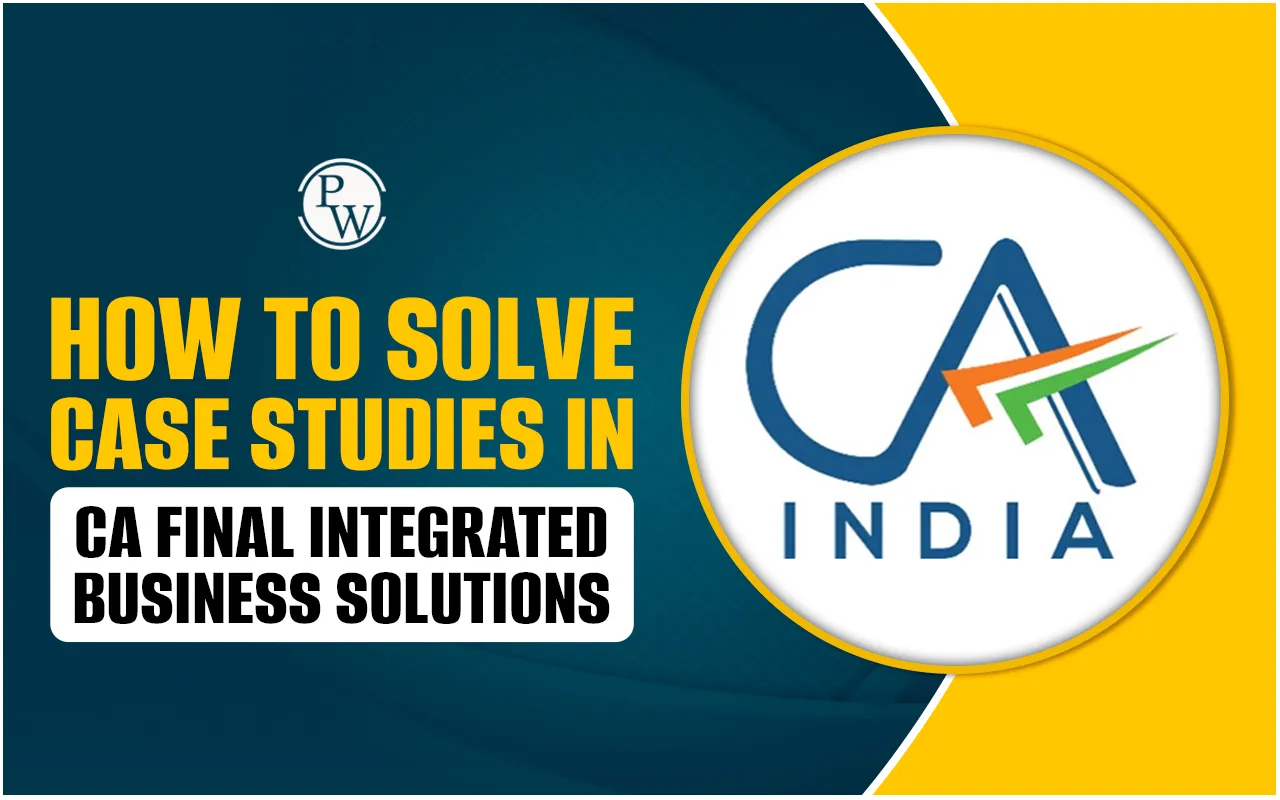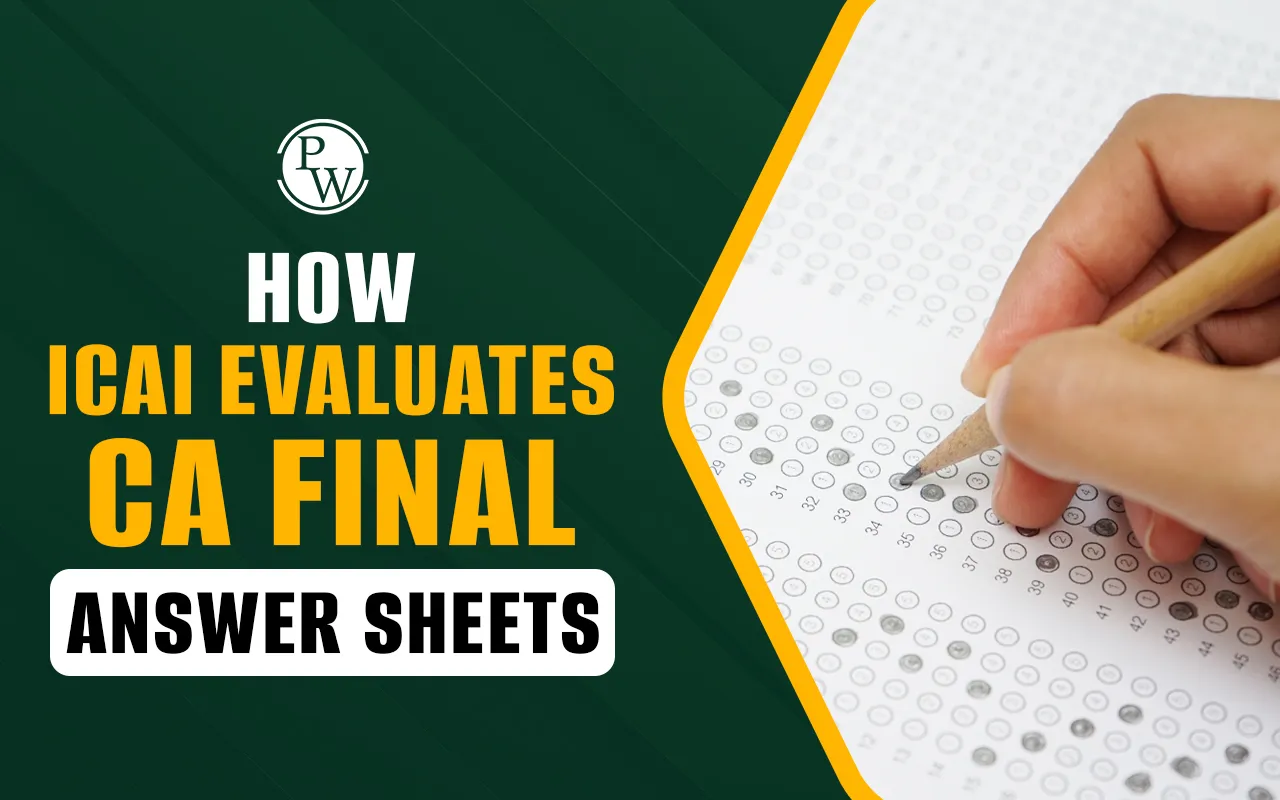
CA Final Transfer Pricing: Transfer Pricing and General Anti-Avoidance Rules (GAAR) are two very important concepts in Direct Tax. These concepts are an important part of the CA Final Transfer Pricing syllabus and are essential for students to understand when preparing for the exams. Below, we’ve explained these concepts for students will also refer to relevant Direct Tax ICAI notes, case laws, GAAR, and international taxation topics.
What is Transfer Pricing?
Transfer Pricing is the price at which two related companies sell goods or services to each other. For example, if a parent company in India sells software to its branch in the USA. The price they decide for this transaction is called the "transfer price."
If both companies were unrelated, the company would sell at the market price. But when it’s related parties that do business, they might charge more or less than the market price to shift profits and reduce tax. That is why governments keep a close watch. The Transfer Pricing Concept is part of the CA Final Transfer Pricing syllabus under Direct Tax ICAI notes.
Why is Transfer Pricing Important
In the CA Final Transfer Pricing syllabus, students will learn that transfer pricing plays a big role in international taxation. Without proper rules, companies might shift their profits from high-tax countries like India to low-tax countries. This is unfair, and it can reduce the government’s income.
The Indian Income Tax Act has introduced many rules to ensure proper transfer pricing. One of the rules is Section 92CE, this rule talks about Secondary Adjustments. It requires the company to correct its books if it has made a primary adjustment to its income.
Key Features of Transfer Pricing
Below, we’ve mentioned some important points that the CA Final Transfer Pricing chapter covers:
Arm’s Length Price (ALP): The price charged in a transaction between unrelated parties in the open market. Companies must follow this to stay fair.
Specified Domestic Transactions: Not just international transactions, but certain Indian transactions are also covered under transfer pricing if they cross a certain limit.
Transfer Pricing Documentation: Every company covered under the CA Final Transfer Pricing rules must keep records to prove their prices are fair.
Form 3CEB Filing: This is a special form that companies have to file if they enter into international transactions or specified domestic transactions.
Safe Harbour Rules & Advance Pricing Agreements (APA): These are methods through which companies and tax departments agree in advance about the pricing method to avoid future disputes.
What is Secondary Adjustment?
If the Income Tax Officer notices that the transfer price was wrong and changes the amount of profit, it is a primary adjustment. It reflects this change, companies must also update their books of accounts. This update is called a secondary adjustment. If the company doesn’t bring the extra profit back to India, it is treated as a loan given to the foreign branch.
The company must then pay interest on this amount. These rules are applicable if the adjustment amount is above a certain limit. This is also a key point in the Direct Tax ICAI notes and international taxation guidelines.
What is GAAR in Direct Tax?
GAAR stands for General Anti-Avoidance Rule. It is another important part of the CA Final Transfer Pricing syllabus under Direct Tax. It was brought in to stop people and companies from making complicated arrangements only to avoid tax. GAAR looks at the purpose of a transaction.
If the main purpose is to get a tax benefit, and the transaction has no real business purpose, GAAR can be used to ignore such a setup. The idea is simple that if a deal is done only to save tax and does not make real business sense, the tax officer has the right to cancel the benefit.
Why GAAR Was Introduced?
GAAR was introduced after the Vodafone Case. Vodafone bought shares of a company in another country, but the Indian tax department wanted to charge tax. Supreme Court said that there was no law to support this. So, the government introduced GAAR to stop such tax avoidance tricks. This is one of the case laws, GAAR, that students must learn.
When Does GAAR Apply?
Below, we’ve mentioned where and when GAAR applies if:
- The main purpose of a business arrangement is to get a tax benefit
- The deal is not real or not made at arm’s length
- There is no real business purpose except to save tax
What is an Impermissible Avoidance Arrangement?
According to GAAR, if any part of a deal looks like tax avoidance, the tax department can check it and apply GAAR. These details are also found in the Direct Tax ICAI notes and are part of the case laws on GAAR. An arrangement is not allowed if:
- It has no real business reason
- It misuses the law
- It creates fake rights or duties
- It hides the real location of money or control
Features of GAAR
As covered in Chapter XA (Sections 95 to 102) of the Income-tax Act and explained in the student’s CA Final Transfer Pricing syllabus, the GAAR General Anti-Avoidance Rule is designed to detect and prevent transactions that are structured mainly to avoid tax.
Understanding the features of GAAR is essential because it represents a shift from judging transactions based only on their legal form to examining their actual substance:
1. Identifying Real vs. Artificial Arrangements
One of the core principles of GAAR is to determine whether a transaction or arrangement is genuine in nature or is just created for the sake of avoiding tax. Under GAAR, the tax department is allowed to ignore an arrangement if it appears that the purpose of the structure is not commercial but only tax-saving.
For instance, if a company sets up a complex chain of transactions that don’t add real value to the business but only reduce tax, such arrangements may be examined under GAAR.
2. Applies Only When Tax Benefit is Significant
GAAR is not meant to apply to every minor tax saving. It is triggered only when the tax benefit obtained is considerable, beyond a specific threshold set by law. This ensures that only large-scale avoidance practices are checked and that genuine business transactions are not unnecessarily burdened. This monetary limit ensures that the law is used reasonably and does not affect smaller or routine business decisions.
3. Arrangements Lacking Commercial Substance Can Be Declared Impermissible
An arrangement is treated as impermissible under GAAR when it doesn’t have a real economic impact or a commercial purpose apart from getting a tax benefit. For example:
- If the transaction has no effect on the company’s cash flow or business risk,
- If it includes steps that cancel each other out (round-tripping),
- If it uses layers of companies or individuals just to hide the real ownership or source of income.
4. Even Part of an Arrangement May Be Reviewed
GAAR has a wide scope. It not only applies to the whole arrangement but even if a part of the transaction is aimed at obtaining a tax benefit, that part alone may come under the GAAR scanner.
It means that a company cannot escape GAAR simply by mixing real business transactions with one tax-saving step. Each component of a deal can be judged separately under GAAR provisions.
5. Focus on Substance Over Form
Under GAAR, what matters most is the substance of the transaction, not just the paperwork or legal structure. If the transaction looks correct legally but lacks business logic, GAAR can still apply.
This is different from traditional tax law, which mostly follows the legal documentation. The idea here is that taxes should be based on what really happened, not just what is written on paper.
What is POEM?
POEM stands for Place of Effective Management. It helps decide if a foreign company is actually controlled from India. If yes, then it has to pay tax in India. This is important under international taxation and is also included in the CA Final Transfer Pricing syllabus.
There are two tests:
-
Active Business Test: Checks if the company has real business outside India.
-
Management Decision Test: Finds where important decisions are actually made.
Both the CA Final Transfer Pricing and GAAR are important for students' understanding of how the tax system works for companies doing international business. These topics form a major part of the CA Final Transfer Pricing subject.
Students learning from Direct Tax ICAI notes, case laws, GAAR, and international taxation examples, students can understand these topics better. It is not about rules, but it’s about making sure that companies pay their fair share of taxes.
CA Final Transfer Pricing FAQs
What is the purpose of Transfer Pricing?
How does GAAR differ from Transfer Pricing?
When does a secondary adjustment apply in Transfer Pricing?
What are impermissible avoidance arrangements under GAAR?
What is the meaning of POEM in taxation?










